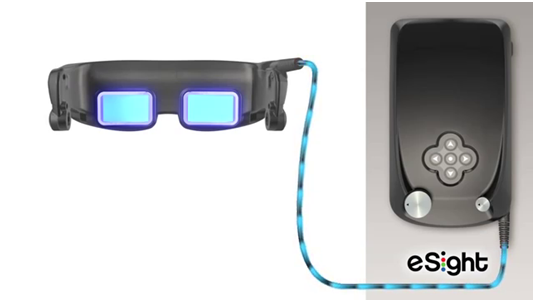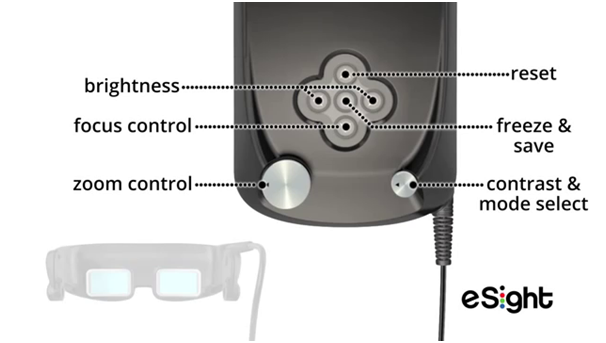
Language Or Class
May 21, 2017
Footsteps
May 24, 2017e-Sight Eyeware
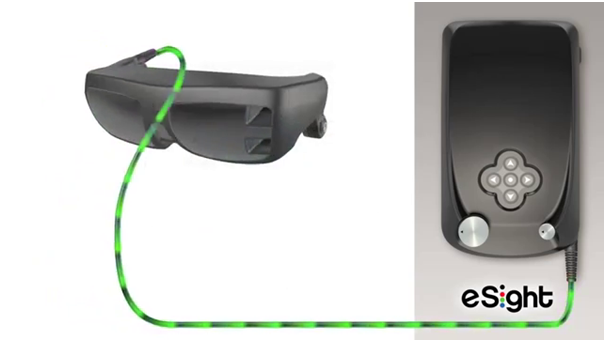
eSight Eyewear is a Canadian-based company that developed intelligent eyewear to provide upgrade sight to the legally blind. “eSight” is the first intelligent eyewear that enables people with very low vision or legal blindness, to actually see.
Unlike other low-vision devices like optical lens or spectacles, eSight is designed to enable the freedom, self-adequacy, and morale only possible by enabling seamless vision, regardless of situations and setting. eSight is worn hands-free and, for many people, complete day, allowing people with low-vision to perform the tasks they choose, without obstacles of access.
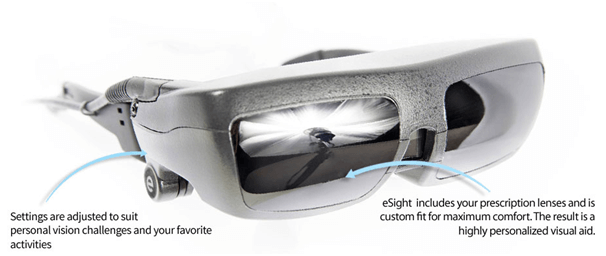
The device is designed to help anyone having to deal with visual challenges which cannot be addressed by simple optical means (glasses, contact lenses, etc). Visual challenges can be due to either less than optimal performance of the visual system or environmental conditions.
The visual system is a complex structure which combines an optical imaging system (the front end of the eye), a network of sensors (the photoreceptors) positioned at or near the focal plane of the imaging system, and a complex neural network (and its supporting infrastructure of cells) for processing the information from the sensors into a visual signal.
A problem in either the optical, sensing or neural component of vision will result in less than optimal vision. The resulting visual problems can manifest themselves in many ways including, but not limited to, a reduced ability to see fine details; a reduced sensitivity to contrast; a reduced ability to extract color information; a loss in peripheral field of view; a loss of central field of view; and an increased sensitivity to brightness.
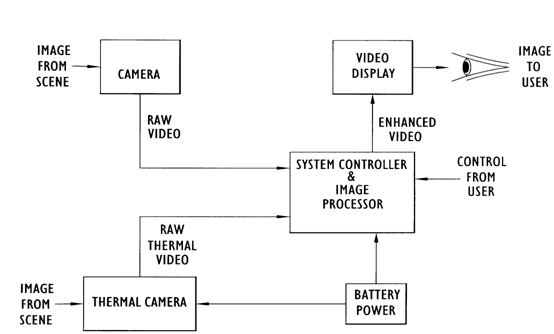
Looking like fit-over glasses, eSight eyewear adopts an progressive, high-resolution video camera to capture what the user is seeing and send those video images to a controller with a highly refined computer. The images are processed and then in real-time, displayed onto two LED screens inside the eSight eyewear. In this way, eSight caters as near-normal vision as one’s condition allows.
Video magnifiers are electronic aids that use a camera and a display screen to perform digital magnification of printed objects. The display screen is generally LCD or a similar flat-screen technology and the device usually includes a lamp to illuminate the source substance. Video magnifiers are created to be mostly used by people with vision that can no longer be helped using a conventional magnifying glass. According to its developer, eSight adjusts whatever you are looking at to enhance the effectiveness of your remaining eyesight. It is a new class of wearable, an electronic assistive technology that assimilates a high-resolution video camera and a bright, high contrast, “virtual” display for each eye.
To display an image to the wearer, an optical structure in the HMDI may comprise a light source ( a light-emitting diode (LED)), that is constructed to illuminate a display panel, as a liquid-crystal-on-silicon (LCOS) display. The display panel produces light patterns by spatially processing the light from the light source, and the light patterns may be viewable as images at a viewing point.
The HMDI may obtain data from the wearer in order to perform certain functions, for instance, to provide context-sensitive images to the wearer. For instance, the HMDI may use a pupil position recognition technique, wherein if the HMD recognizes that the wearer’s pupil location, and thus a corresponding gaze axis, is inclined with respect to a reference axis, the HMDI may display images related to objects located above the wearer. Alternatively, the HMDI may recognize, by a similar pupil position recognition technique, that the wearer is looking downward. Accordingly, the HMDI may display images related to objects located below a reference axis of the wearer.
